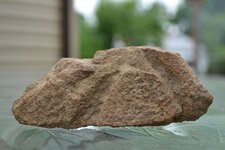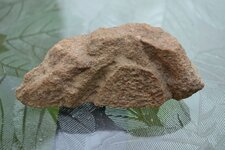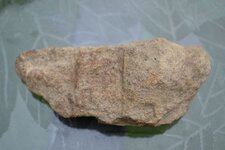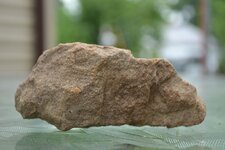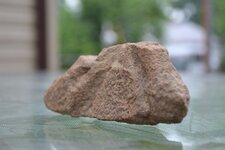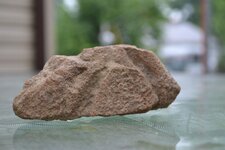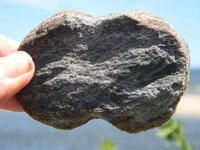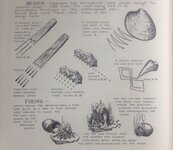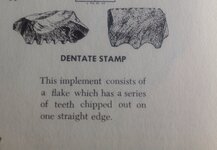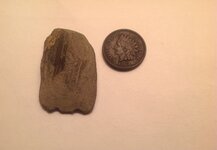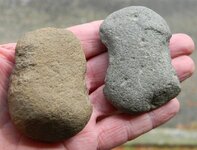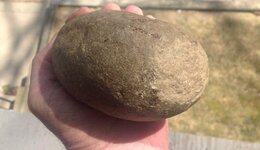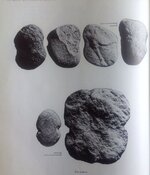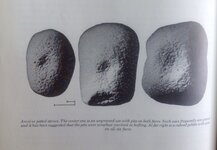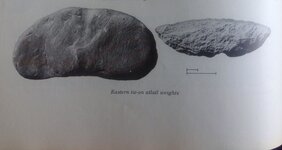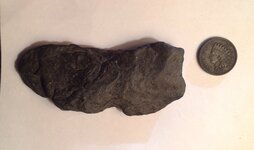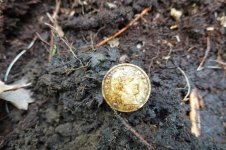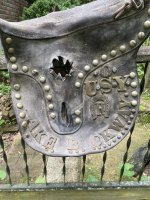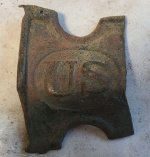CL_Pino_MarineSGTVet
Greenie
Hello everyone! I was out digging in my same ole spot and found this piece that resembles a crude axe... It does have obvious human alteration... I already sent pics of my other stuff and this one and this guy works for the National Park Service, Culture Resource Specialist and Specializes in Archeology and Museum Collections... I was just given his info yesterday and after looking at the pics I posted on here he concurred with most of you but wants to see several in person because he sees some things that do indeed look thay may be altered by human hands.... The said the Crudeness of some of them and the look of the newest piece I'm about to post look very old possibly
"Arcaic" or earlier. Here goes the pics... This piece came from the top of the clay layer like some others... HE said that is odd too.
"Arcaic" or earlier. Here goes the pics... This piece came from the top of the clay layer like some others... HE said that is odd too.
Attachments
Upvote
0


